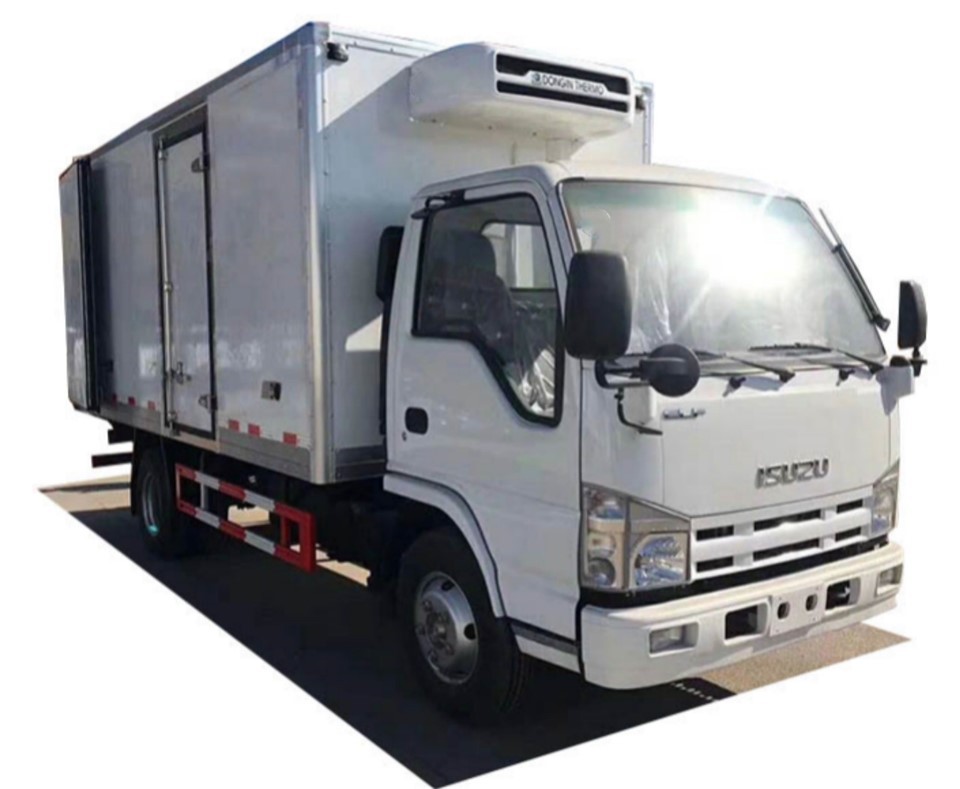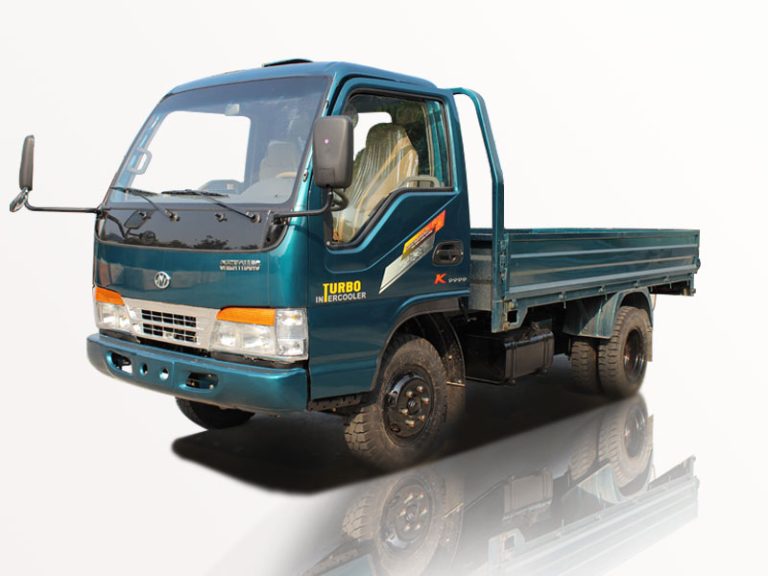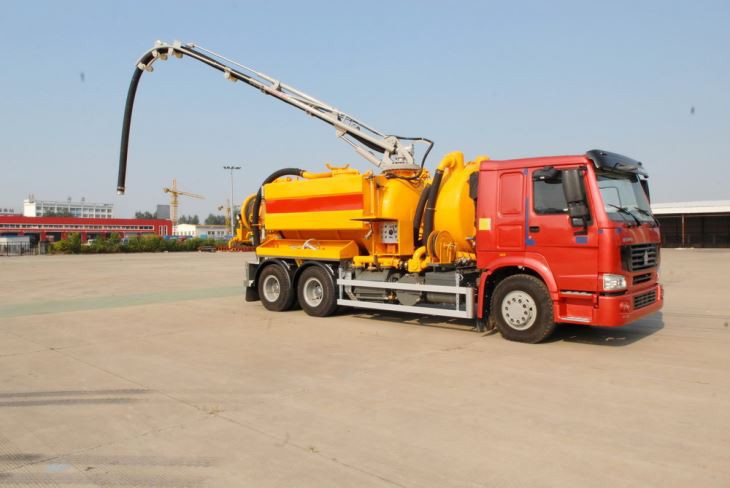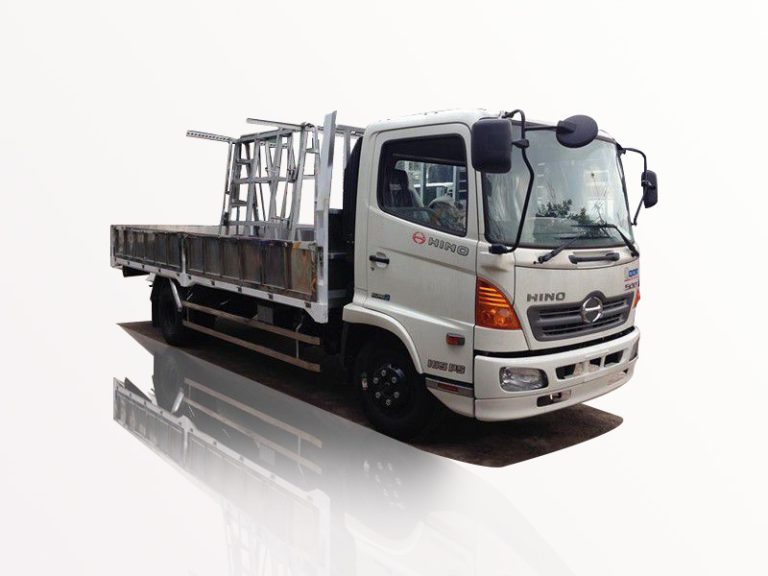Dump trucks are essential in construction and logistics, facilitating material transport with ease and efficiency. A vital component that enhances their functionality is the hydraulic control valve. This article will explore all aspects of the dump truck hydraulic control valve, from its operation and types to maintenance practices and troubleshooting tips.
What is a Dump Truck Hydraulic Control Valve?
A dump truck hydraulic control valve is an essential component in the hydraulic system of a dump truck. It controls the flow of hydraulic fluid, enabling the operator to lift, lower, and control the angle of the dump body. With the right valve, operators gain better control over their truck’s dumping actions, contributing to safe and efficient operation.
How Does a Hydraulic Control Valve Work?
The hydraulic control valve operates using the principles of hydraulics, where pressurized fluid initiates movement. When the operator activates the hydraulic system via a lever, the control valve directs the hydraulic fluid to the appropriate cylinders that raise or lower the dump bed.
- Pressurized Fluid: Hydraulic fluid is stored in the reservoir and pressurized by the hydraulic pump.
- Directional Control: The valve’s design allows fluid to flow in different directions as needed.
- Cylinder Activation: As fluid moves into the cylinders, it creates a force that lifts or lowers the dump body.
Types of Dump Truck Hydraulic Control Valves
There are several types of hydraulic control valves used in dump trucks, each serving unique functions:
1. Directional Control Valves
These valves direct hydraulic fluid to specific cylinders, determining the movement direction of the dump bed. They can be manually operated or controlled through electric signals.
2. Pressure Relief Valves
These valves protect the hydraulic system by limiting the maximum pressure. When the system exceeds a predetermined pressure level, the relief valve opens to prevent damage.
3. Flow Control Valves
Flow control valves regulate the speed of hydraulic fluid flow. By adjusting the flow, operators can control the speed of the dump bed’s movement, making operations smoother and more precise.
4. Proportional Valves
Proportional valves provide variable control over hydraulic flow, allowing the operator to fine-tune the actuation of the dump bed. This type of valve is ideal for applications requiring precise positioning.
Key Components of a Hydraulic Control Valve
Understanding the components of the hydraulic control valve can help in its maintenance and troubleshooting. Here are the main components:
| Component | Function |
|---|---|
| Body | Houses the internal components and directs fluid flow. |
| Spool | Moves within the valve body to control fluid direction. |
| Spring | Returns the spool to its original position. |
| Ports | Inlets and outlets through which hydraulic fluid flows. |
| Actuator | Controls the spool movement, can be manual or motorized. |
Benefits of a Quality Hydraulic Control Valve
Investing in a high-quality hydraulic control valve is crucial for an efficient dump truck operation:
1. Enhanced Control
A quality valve provides smoother operation and better response times, crucial for precision tasks like loading and unloading. Operators can adjust the dumping speed to suit different materials.
2. Increased Safety
By regulating pressure and flow, hydraulic control valves minimize the risk of accidents. The pressure relief function prevents system overload, protecting both the operator and the vehicle.
3. Durability and Reliability
High-quality valves are designed to withstand harsh operating conditions, reducing maintenance needs. They offer longevity, ensuring that the truck performs optimally over its lifespan.
Maintenance Tips for Dump Truck Hydraulic Control Valves
Proper maintenance of the hydraulic control valve is necessary to ensure longevity and efficiency. Here are some practical tips:
1. Regular Inspection
Inspect the valve regularly for leaks, rust, or wear. Early detection can prevent major failures and costly repairs.
2. Fluid Quality
Maintain hydraulic fluid cleanliness and quality. Contaminated fluid can harm the valve operation, affecting performance.
3. Check Connections
Ensure all connections are tight and secure. Loose connections can lead to fluid leaks, reducing efficiency.
4. Follow Manufacturer Guidelines
Always adhere to the manufacturer’s maintenance schedule, including fluid changes and component replacements.
5. Test Functionality
Regularly test the valve’s functionality during operation to ensure that it responds correctly to input. Slow or jerky movements may indicate an issue.
Troubleshooting Common Hydraulic Control Valve Issues
Despite proper maintenance, issues can arise with hydraulic control valves. Here are some common problems and solutions:
1. Valve Won’t Operate
If the valve does not respond, check the power supply to the actuator and ensure all connections are secure. Inspect the valve for internal debris that may block movement.
2. Unexpected Movements
If the dump bed moves unexpectedly, there may be an issue with the control lever or a malfunctioning spool. Inspect these components for faults.
3. Leaking Hydraulic Fluid
Leaks often indicate worn seals or damaged connections. Replace seals and check fittings to resolve the issue.
4. Sluggish Performance
If the hydraulic system operates sluggishly, check the fluid level and quality. Contaminated fluid can hinder performance; consider changing the fluid if necessary.
Cost Factors Affecting Hydraulic Control Valves
The cost of hydraulic control valves varies based on several factors, including:
- Type of Valve: Different valve types come with varying prices based on intricacy and features.
- Brand: Renowned brands may charge more but often provide better quality and support.
- Material: Valves made from higher-grade materials typically offer increased durability, impacting cost.
- Compatibility: Custom or specialized valves for unique dump truck models may incur additional costs.
Practical Examples of Dump Truck Hydraulic Control Valve Usage
Excavation and Loading
During excavation, the ability to control the rate at which the dump body raises reduces the risk of overloading the truck or spilling materials. High-quality valves assist operators in fine-tuning this operation.
Landfill Operations
In landfill sites, precision is crucial. The proportional valve helps operators control how quickly debris is dumped, preventing spillage and ensuring efficient loading.
Transportation Efficiency
By adjusting the dumping angles with the hydraulic valve, operators can maximize material delivery efficiency, reducing time spent unloading at job sites.
Frequently Asked Questions (FAQ)
1. What should I consider when choosing a hydraulic control valve?
Consider factors such as compatibility with your dump truck model, type of hydraulic system, and the specific tasks for which you’ll be using the valve.
2. How often should I perform maintenance on my hydraulic control valve?
Perform regular maintenance checks based on the manufacturer’s recommendations, typically every few months or after significant use.
3. Can I replace a hydraulic control valve myself?
While basic replacement can be done by someone with mechanical skills, it is advisable to consult a professional, especially for complex systems.
4. What can cause a hydraulic control valve to malfunction?
Common causes include contaminated hydraulic fluid, mechanical wear, faulty seals, or electrical issues in electronic control valves.
5. How does a pressure relief valve function in a dump truck system?
The pressure relief valve opens at a preset pressure to allow excess fluid to escape, preventing damage to the hydraulic system and maintaining safety.
6. How can I identify if my hydraulic control valve is failing?
Signs of failure include loss of function, leaks, sluggish operation, or erratic movements of the dump body. Regular inspections can help detect these issues early.



